Republic Day 2019: Fun facts from 29 Indian states and union territories
Happy Republic Day 2019: Potatoes from Bihar make the best chips ever! Jharkhand is like a restaurant with many tables. Meghalaya means ‘where the clouds live’. Discover more such facts from across India.
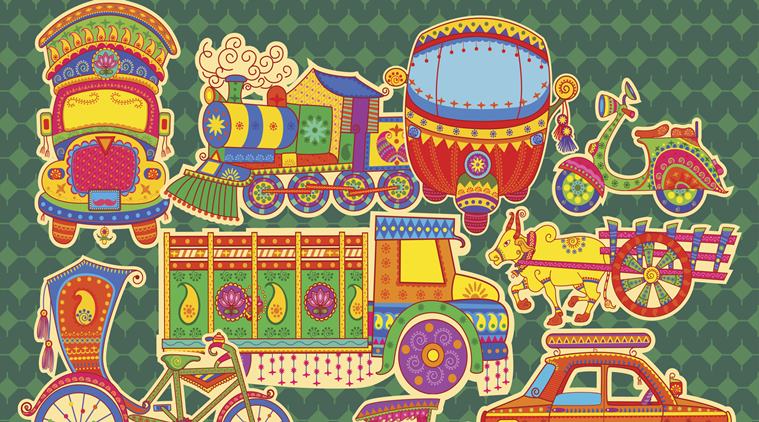
(Excerpted with permission from the series Discover India: State by State by Sonia Mehta, published by Penguin Books.)
JAMMU AND KASHMIR
Houseboat happiness: Families have lived in houseboats for generations. Now, many rent them out to tourists and have made the houseboats super luxurious.
Carvers of wood: There’s a strain of wood in Kashmir that is particularly good for making cricket bats. It is called the Kashmir willow, and cricketers love to use these bats.
UTTAR PRADESH
Roaring rivers: You can just imagine how important Uttar Pradesh is to India. Two of India’s biggest and most sacred rivers, the Ganga and the Yamuna, flow through Uttar Pradesh. These rivers also make the state big for farming. The other major rivers here are the Gomti and the Betwa.
Oh, so crowded! Uttar Pradesh is India’s fifth largest state but is the most populated. The population of Uttar Pradesh is more than the whole of Brazil. Whoa!
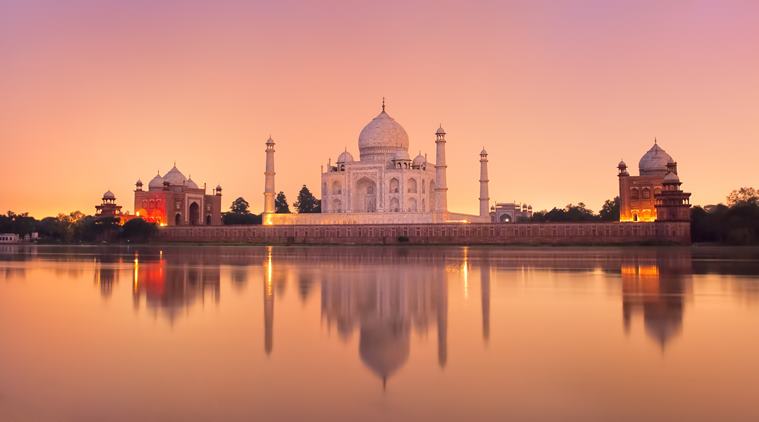
BIHAR
Healthy ho! Bihar has plenty of healthy and yummy fruits and vegetable farms. Mangoes, lychees and bananas are the most grown fruits. One of India’s best types of potato, called the seed potato, is grown here. These potatoes make the best chips ever!
Birthplace of religions: Gautam Buddha is believed to have achieved enlightenment in Bihar, in the city of Bodh Gaya. Bhagwan Mahavir, who founded Jainism, was also born in Bihar. And that’s not all! Guru Gobind Singh, the tenth and last Sikh guru, was born here and attained sainthood in this region.
HARYANA
Kurukshetra—the mightiest battle of all: The battle between the Kauravas and Pandavas is one of the greatest events in Hindu mythology. This great battle was fought at Kurukshetra in Haryana.
Waves of migration: Almost every invader who came to India from the north passed through Haryana. Alexander the Great too marched through this region, since Haryana lay in his path. He fought many battles here.
PUNJAB
The Land of Five Rivers: Here’s why Punjab is known as the land of five rivers. The Jhelum, Chenab, Ravi, Sutlej and Beas criss-cross the plains of Punjab, making the land absolutely perfect for farming. After India was divided into India and Pakistan, only the Sutlej and Beas remained completely in the state of Punjab. The other rivers flow into other states or into Pakistan.
Lohri: This is a harvest festival during which people gather around a bonfire on a cold winter night. They dance, eat amazing sweets and sing praises to Dulla Bhatti, one of their heroes. Dulla Bhatti was like Robin Hood. He was a local king who gave money to the poor by robbing from the rich. He was killed by the Mughals. People admire him even now.
HIMACHAL PRADESH
Wild and wonderful: This state has a lot of wildlife. Some of these are rare animals on the endangered list—like the bharal (blue sheep), the Himalayan tahr and the musk deer. At higher altitudes, shepherds have claimed to have spotted the snow leopard. Other birds and animals that roam these forests are the flying squirrel, Himalayan yellow-throated marten, barking deer, rhesus macaque, Indian porcupine and many more.
Pretty in a Pattu: To stay warm in the cold, cold weather, women (and sometimes men too) wear a thick, colourful shawl called a pattu. It is draped around the body and fastened with a pin or brooch. It sure keeps you warm.
UTTARAKHAND
Lovely lakes: With so much melting snow from the mountains, there are bound to be lakes too! Uttarakhand has some spectacular lakes. In fact, some call this state the land of lakes and waterfalls. Many of these lakes have religious importance. Some of the important lakes here are Bhimtal, Dodital, Hemkund, Kashni Tal and Maneri. (‘Tal’ means lake in Sanskrit.)
Many languages: Plenty of different tribes lived in this state for hundreds of years. Jadhi, Jaunsari, Sailani, Kumaoni and Garhwali are some dialects spoken here. Many of these are dialects of Pahari, which itself was born from Sanskrit.
RAJASTHAN
Just desert: The Thar desert, which makes up most of Rajasthan, is a magnificent desert with miles and miles of sand. Most of it is in Rajasthan, but a part of it also goes into Pakistan. The sand has been deposited by wind over more than a million years. You will see it in wavy dunes some high and some low. These dunes are separated from each other by sandy plains and low hills called bhakars.
New languages are born: Many centuries ago, poets and singers sang praises of their masters in a language called Dingal. From this language were born other dialects that people in Rajasthan speak today.
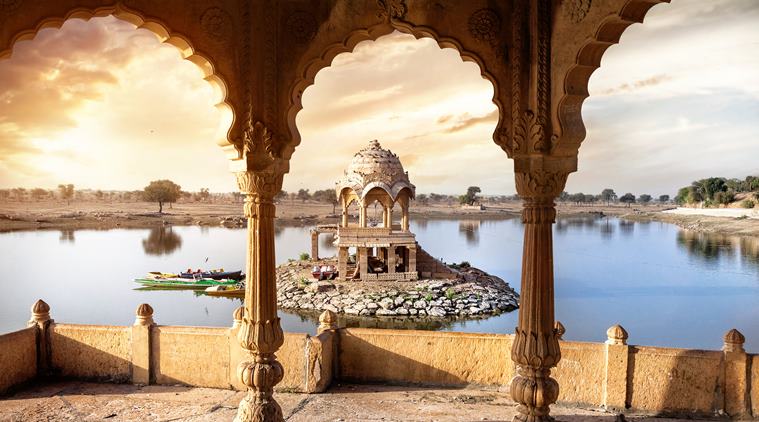
MADHYA PRADESH
Keeping them safe: The government has realized that many animals are endangered. That is why they have set up many wildlife sanctuaries. The Kanha National Park, the Bandhavgarh National Park and the Shivpuri National Park are some of where these magnificent animals can roam free and safe.
Sari magicians: Women go crazy about some of the beautiful weaves from this state. Chanderi and Maheshwari are just two types of sari fabrics that are made in brilliant colours. Women from all over the world buy these. There are many block printers who print wonderful patterns on cloth to make saris and other lovely prints.
GUJARAT
The famous Gujarati swing: Traditional Gujarati homes, you will see, almost always have a swing. This is called a hichko. The richer the family, the more elaborate the swing.
So many types of breads! You could call them breads or different types of rotis. It is difficult to find a state that has as many types as Gujarat does. Theplas, dhebras, puris, bajri rotlo, pooda, khakras—each one is special in its own way.
MAHARASHTRA
Just like a backbone: Just like all of us have a backbone, Maharashtra has a backbone too! And that is the Sahyadri mountain range, which is a part of the Western Ghats. This mountain range slices right through the middle of Maharashtra and has a lot of the state’s history hidden in its forests.
Divided by language: It so happened that the people living in the northern part of Bombay State spoke Gujarati, while people in the southern part spoke Marathi. So it was decided that based on the languages, Bombay State would be divided into Maharashtra, where people spoke Marathi, and Gujarat, where people spoke Gujarati.
CHHATTISGARH
Did you know? Chhattisgarh grows so much rice that it is called the rice bowl of India.
Many names: Chhattisgarhi (the language) is called different things by different tribes. Khaltahi, Laria and Dakshin and Kosali are some.
JHARKHAND
Many smaller tables: Imagine a restaurant with many tables. Jharkhand is a bit like that. There are more than 300 small plateaus that are scattered all around the state. The highest one has a tall granite peak known as the peak of Parasnath.
Cheers for Chhau: This is one of the state’s best known dances. In fact, there are versions of this dance in other states as well. Performers wear brightly painted masks and dance energetically to music played on reed pipes. It’s great fun to watch.
TAMIL NADU
Edge of the water: Tamil Nadu has a lovely location. It sticks out into the sea, but guess what! It has water from both the Bay of Bengal and the Indian Ocean lapping its shores. That’s because the Indian Ocean is to its south and the Bay of Bengal is to its east. No wonder Tamil Nadu has wonderful beaches.
Write On! Tamil literature is probably the oldest in India. In those days, as far back as the third century BCE, people wrote on stone. …A famous poet called Kamban, during the Chola rule, wrote the Kamba Ramayana — one of Tamil’s most important works of literature.
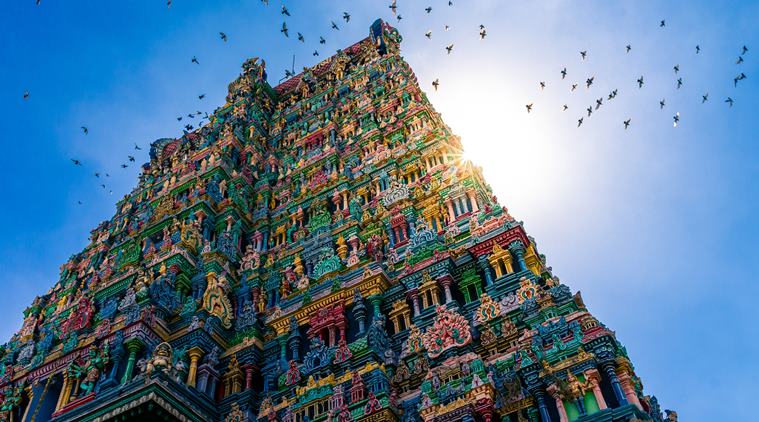
KARNATAKA
Rushing rivers: Karnataka has some great rivers. The Sharavati, the Krishna, the Kaveri and the Tungabhadra are the main rivers. They rush down to the plains, watering the land along the way. Some go towards the plateau and some flow towards the sea.
Did you know? The Wodeyars bought the entire city of Bangalore from the Mughals by paying just three lakh rupees.
KERALA
Coasting along: There are lots of fisherfolk in Kerala, owing to its long coastline. It is one of the largest fish-producing states. The main kinds of saltwater fish caught here are mackerels, sardines, tuna and prawns. That explains the yummy seafood that people in Kerala love.
Coconutty: You will love the flavours of Kerala’s food. There’s coconut in most dishes, and it is made even more tasty with chilli, tamarind, mustard and all sorts of fragrant spices that are grown in the state.
ANDHRA PRADESH
Toy town: Kondapalli is a famous town full of toymakers. The wooden toys made here are called Kondapalli bommalu. Artists paint these toya in brilliant colours. You’ll see amazing miniature figures of gods, bridal couples, animals and dolls. Oh, these toys are collectors’ items, all right!
A literary tradition: It is said that thousands of years ago, a trip of poets named Nannaya, Tiranna and Errana translated the Mahabharata into Telugu. Other great poets included Yerrapragada and Pothana. The great King Krishnadevaraya was himself a great writer.
TELANGANA
As old as can be: Ancient Sanskrit writings have been found that mention people called Andhras, who lived in what is Telengana today.
Go for ghazals: A ghazal is a form of poetry that came to India from Persia. The Nizams of Hyderabad loved this style and had special sessions where great poets would recite or sing these poems in court.
WEST BENGAL
Did you know? Rabindranath Tagore has written the national anthems of both India and Bangladesh.
Many great writers: West Bengal has produced many great writers. Bankim Chandra Chattopadhyay wrote many books. He also wrote India’s national song, Vande Mataram. Another great writer was Sarat Chandra Chattopadhyay. He wrote several short stories about people in villages.
ASSAM
Did you know? Arunachal Pradesh, Nagaland, Mizoram and Meghalaya were all once part of Assam.
A Y-shaped state: If you look at Assam on the map, you’ll see that it is shaped like a Y. It has three main regions: the Brahmaputra valley, the Barak valley and a hilly tract. As you can imagine, this state has plenty of water.
SIKKIM
Did you know? Kanchenjunga, said to be India’s highest peak and the third highest in the world, is in Sikkim. It’s an awesome sight and many people have tried climbing it.
Like a basin: Sikkim is shaped like a basin, with steep, high mountains on three sides. There is hardly any flat land here, and if you were to walk, you would be climbing hills and valleys even in the lowest part of the state.
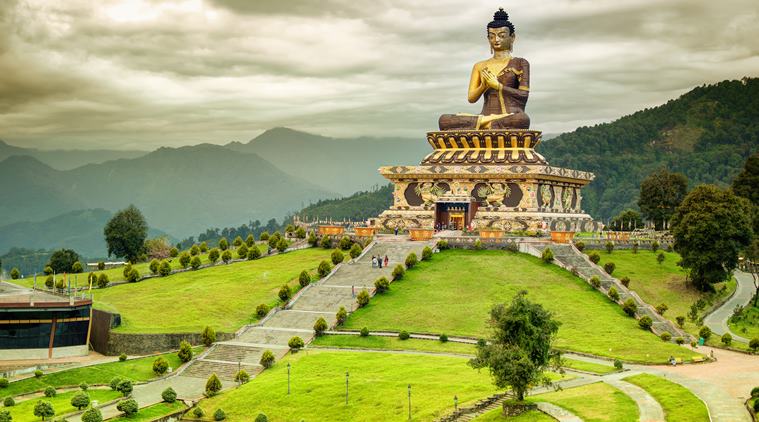
ODISHA
Lovely lagoon: Odisha has one of India’s largest saltwater lagoons, Chilka Lake. It is home to a whole lot of migratory birds, some wonderful underwater life and rare plants too! It even supports many fishermen, who make their living through this lake.
Keeping them safe: Many animals are kept safe in national parks. The Bhitarkanika wildlife Sanctuary is said to be among Asia’s finest. Do you know what’s unique about it? It has many mangroves and a rich ecosystem.
MEGHALAYA
Wet, wet, wet! Meghalaya means ‘where the clouds live’. A perfect name, because it is often cloudy in Meghalaya with lots and lots of rain. …Cherrapunji in Meghalaya is said to be among the world’s wettest areas. In fact, it’s only during winter, from December to February, that one can hope for some dry days.
Officially English: English is the official language in this state. Also, the English script is used for both Khasi and Garo. There are many tribal dialects though that the various smaller tribes speak in. Tiwa and Biate are two such dialects. A lot of people also speak Nepali fluently.
TRIPURA
Did you know? The Rajmala is a historical document that says that Tripura was ruled by more than 180 kings for over 5000 years until it became a state.
Forest fantasy: Nearly half of Tripura is covered with forests. There are some lovely trees that grow here. Sal and bamboo are the main trees, and they are super useful to the people who live here.
MIZORAM
Did you know? The word Mizoram comes from mi (people), zo (high place, such as a hill) and ram (land), and thus it means land of the hill people.
Express Opinion
A touch of China: The main language (apart from English) spoken by the tribes of Mizoram is Mizo Tawng, or simply Mizo. This language is a Sino-Tibetan language (which means it has Chinese and Tibetan roots). Some also call this language Lushai.
Animistic religion: Traditionally, the Mizos followed an animistic religion, which means they believed that everything — trees, objects, plants — have a soul.
MANIPUR
Did you know? Manipur means ‘the land of gems’.
Origin of polo: A game called sagol kangjei is played here, and the chiefs of different tribes used to enjoy playing too. People say that the now well-known sport of polo originated from this game.
NAGALAND
Many dialects: Though the tribes speak many dialects and languages, the most common one is Nagamese — a mix of different Naga languages, with a bit of Assamese, Bengali and Hindi thrown in too. Ao and Tenyidie are two other common languages people speak here.
Hornbill Ho! The Hornbill festival is one of the highlights of Nagaland. It’s named after the hornbill, which holds a special place in Naga life.
ARUNACHAL PRADESH
Breeding animals: The people from Arunachal Pradesh rely a lot on domestic animals to help them do their jobs. Which is why they rear animals like mithun (also called gayal), yaks and sheep. Some tribes also breed fish.
Tribal tracts: Can you imagine that there are nearly thirty tribes happily living together in this state? Each one of them has its own culture. Some of the main tribes of Arunachal Pradesh are the Adi, the Monpa, the Galo, the Aka, the Apatani, the Nyishi, the Tagins, the Bori, the Bokar and the Bugun.
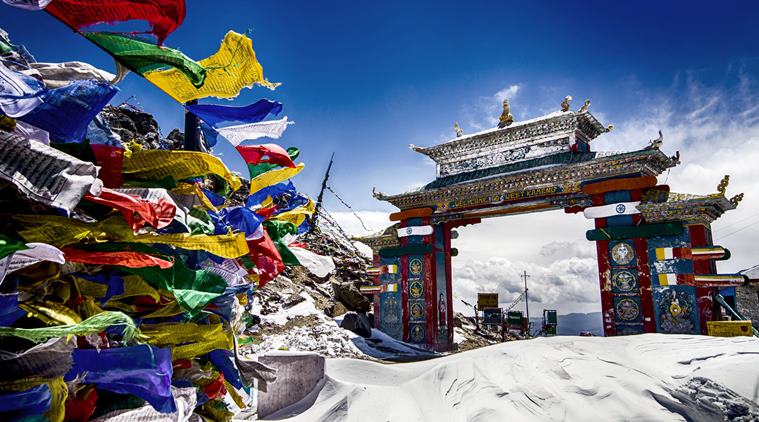
GOA
A new state is born: Although the Portuguese left, now there was a new fight. Some Goans wanted Goa to be a separate area called a Union Territory. And others wanted Goa to merge with India and become a state. People voted, and finally, one day in May 1987, Goa became India’s twenty-fifth state.
From Portugal with love: The Portuguese brought some amazing recipes with them. Sorpotel is a sour and spicy dish with meat. Vindaloo is another dish that is very spicy with a red, thick curry.
UNION TERRITORIES
DELHI
Old Delhi: There are in fact two Delhis living side by side—one is Old Delhi, the capital of many dynasties. Did you know that Old Delhi has been occupied since the sixth century BCE? It has been the capital of many kingdoms and has been captured, destroyed, ransacked and rebuilt many times over.
Just wow! Since the metro began, one of its cars is said to have travelled about 3,03,85,779,55 km in ten years. This means it could have gone to the moon and back forty times. Oh wow!
ANDAMAN AND NICOBAR ISLANDS
Did you know? The North Sentinel Island, one of the Andaman Islands, is home to the Sentinelese tribe that is one of the few uncontacted tribes in the world. This means that they don’t want to interact with any outsiders.
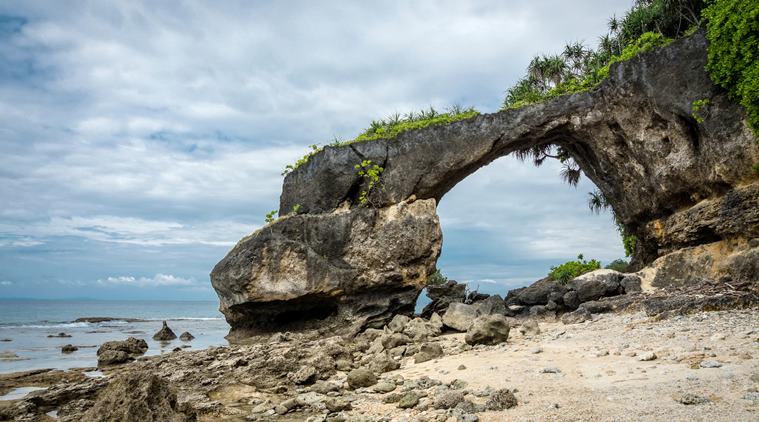
CHANDIGARH
A planned city: Chandigarh didn’t just happen like many other old cities. It was properly planned by a Swiss architect named Le Corbusier. The city was completed in 1960. Today, Chandigarh is the capital of both Punjab and Haryana.
DADRA AND NAGAR HAVELI
Tale of two regions: Dadra and Nagar Haveli are actually two regions that consist of about seventy villages together. They lie right between the states of Maharashtra and Gujarat. The capital city is Silvassa.
DAMAN AND DIU
Did you know? Hey, did you know that Daman and Diu have foreign twins? Daman’s twin is a city called Coimbra and Diu’s twin is a city called Lourdes—both in Portugal. This must have been decided when the Portuguese ruled this area.
LAKSHADWEEP
Underwater wonders: If you like to see marine life, then this is the place for you. The waters around Lakshadweep are teeming with exciting creatures like sharks, bonitos, tunas, snappers and flying fish. You might even get to see manta rays, octupuses, crabs and turtles.
PUDUCHERRY
Once upon a time: The history of Puducherry is full of twists and turns as different rules came and ruled. The Palavas, the Cholas, the Pandyas, the Sultans, the Portuguese, the French and the British have all held sway over this region at some point. But it’s the French who have had the greatest impact here.
Source: Read Full Article
